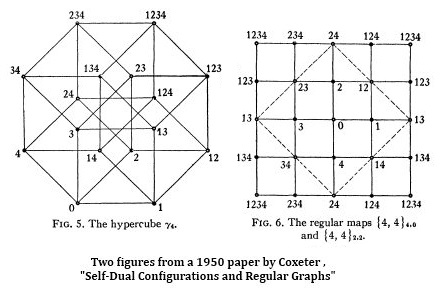"Taken together, vibe, mood, and energy formed
something like a loose philosophical system.
They presented the world as a swirl of forces
that eluded capture in rational thought, but that
could nevertheless be acutely sensed and even
influenced with the right kind of effort."
— Mitch Therieau in The Drift , Jan. 19, 2022 —
https://www.thedriftmag.com/vibe-mood-energy/ .
See as well Pacific Rimming and Black Sparrow.
Related cinematic lore:
Cailee Spaeny and The Drift in "Pacific Rim: Uprising," as well as . . .

Related tune: "Gimme the Beat Boys."
________________________________________________________
Update of 4:16 PM ET Friday, Jan. 21, 2021 —
From https://dash.harvard.edu/
bitstream/handle/1/39988028/
GRIETZER-DISSERTATION-2017.pdf —
Ambient Meaning: Mood, Vibe, System
A dissertation presented by Peli Grietzer
to The Department of Comparative Literature
in partial fulfillment of the requirements for
the degree of Doctor of Philosophy in
the subject of Comparative Literature,
Harvard University, Cambridge, Massachusetts,
November 2017 —
[Edited to emphasize key notions]
"On the picture that I am suggesting, there exists a reciprocity between
the structure of our sensibility or sensible cognition (system),
the structure of our affective life or social experience (mood),
and the structure of our social-material performance or production (style/vibe)
— a reciprocity whose approximate equilibrium or ‘metastable state’ binds
the cognitive, affective, and material aspects of life into a coherent lifeworld
or ‘totality.’ One way to tell the story of this reciprocity is as follows. The system
of our sensibility—our faculty of sensuous cognition that discloses objects, properties,
and patterns—recapitulates the structure of the social-material world. We continuously
calibrate our sensibility by attuning it to our social-material world’s dominant patterns
and forms, adapting our powers of apperception to the task of navigating our
social-material world." (Pp. 145-146.)
Compare and contrast the following trinities:
Related tune — Meat Loaf at the Ryman, "Two out of three ain't bad."





















